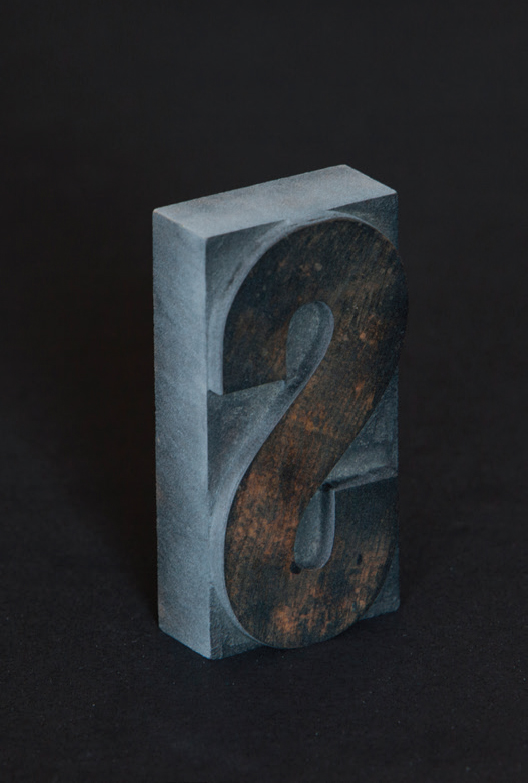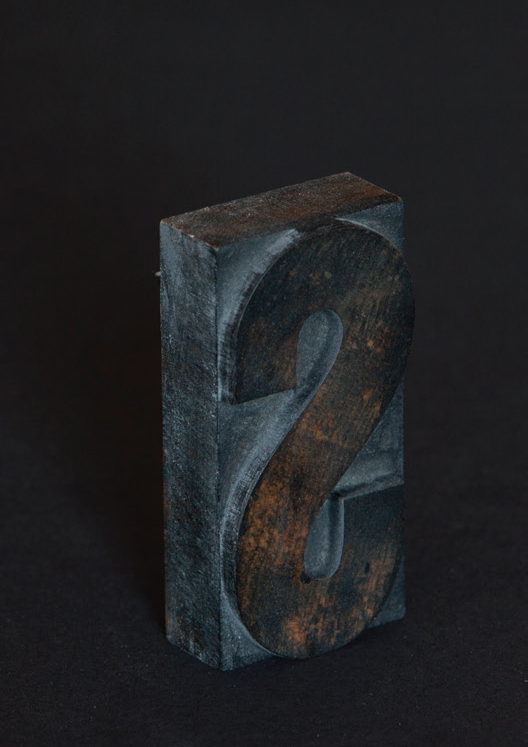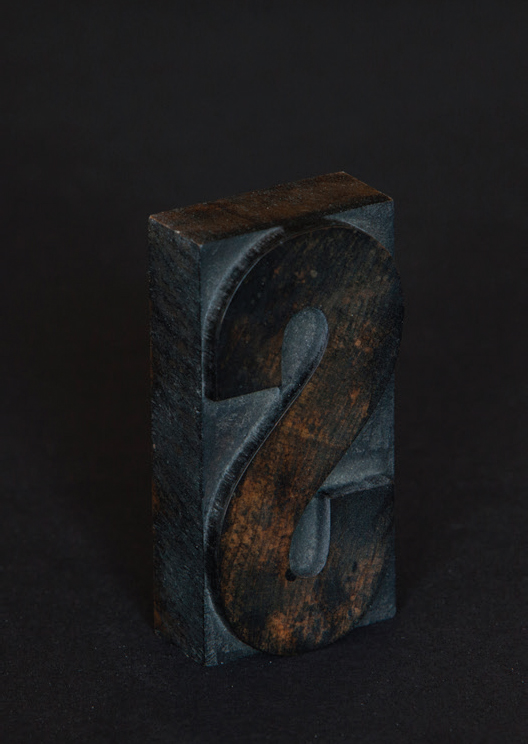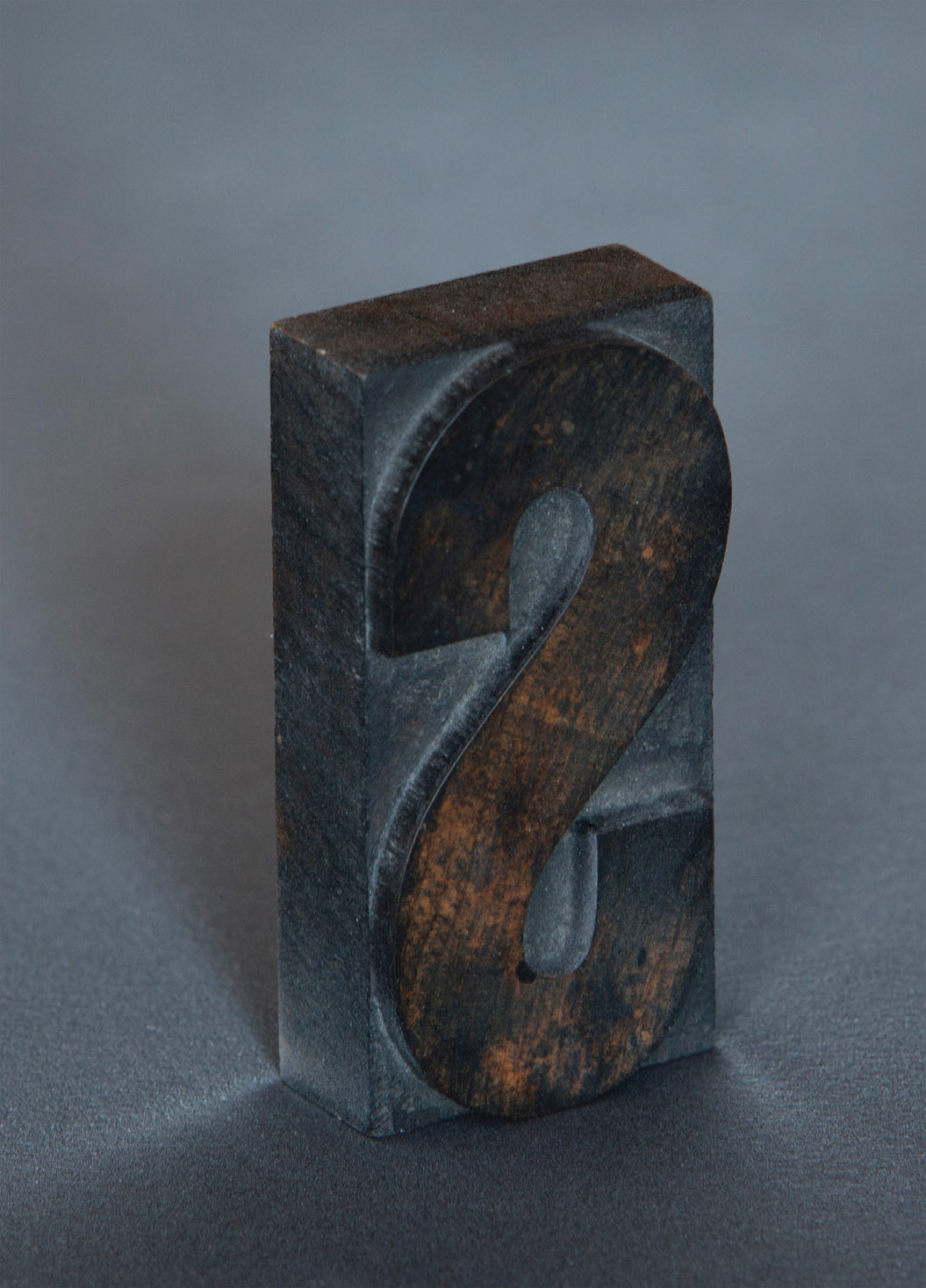32. HOW TO MONETIZE ATHLETE’S FOOT
The first time I used this trick was almost 25 years ago. Our client, a national advertising agency, had a full-size automobile engine delivered to the studio and hung on a special rig over white seamless paper. We tried to illuminate the underside with lighting, but everything we tried looked like we were trying to cheat light into what should have been a one-overhead-light scenario. We needed something that would give the impression of light and form where it was impossible, given the shadow factor and the darkness of the product, for it to exist.
There was a can of spray powder deodorant in the dressing room, and I used it to feather white highlights across the oil pan of the engine. It was a bit of magic that totally justified my fee for the shoot.

I can only imagine how dark this will be in a printed book, but it’s definitely dark on my calibrated monitor.

After judiciously spraying the sides and edges with athlete’s foot powder spray, the letter looks like it’s been nicely and carefully lit.

I wiped about half of the powder away, creating the look of a dusty antique.

I wiped the letter almost perfectly clean, leaving some powder in the deepest areas. It’s almost as dark as it was in the first shot.

Without moving the subject, I sprayed the powder in a pattern behind it that looked like dappled light. The two angled sprays at the corners were deliberate.
There may be spray powder deodorants available that will still do that, but my experience indicates that formulas have been changed over the years to avoid any white powder buildup. My new favorite has become athlete’s foot powder spray because it is highly atomized, bright white, dries rapidly, and keeps my toes from itching. It also cleans up nicely with plain water.
You can use this trick as a subtle highlighter or for something more dramatic. For this sample, I used an ink-encrusted wooden type letter on black foamcore. I metered it for the light coming through the studio windows and then set the camera for ⅓ f/stop less, to add to the drama by darkening everything a bit more. The available window light was the only light used, and all of the photographs were shot at the same f/stop.